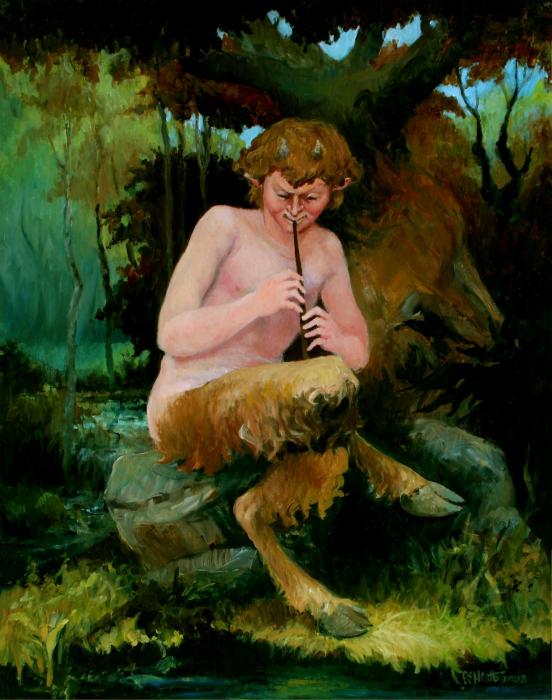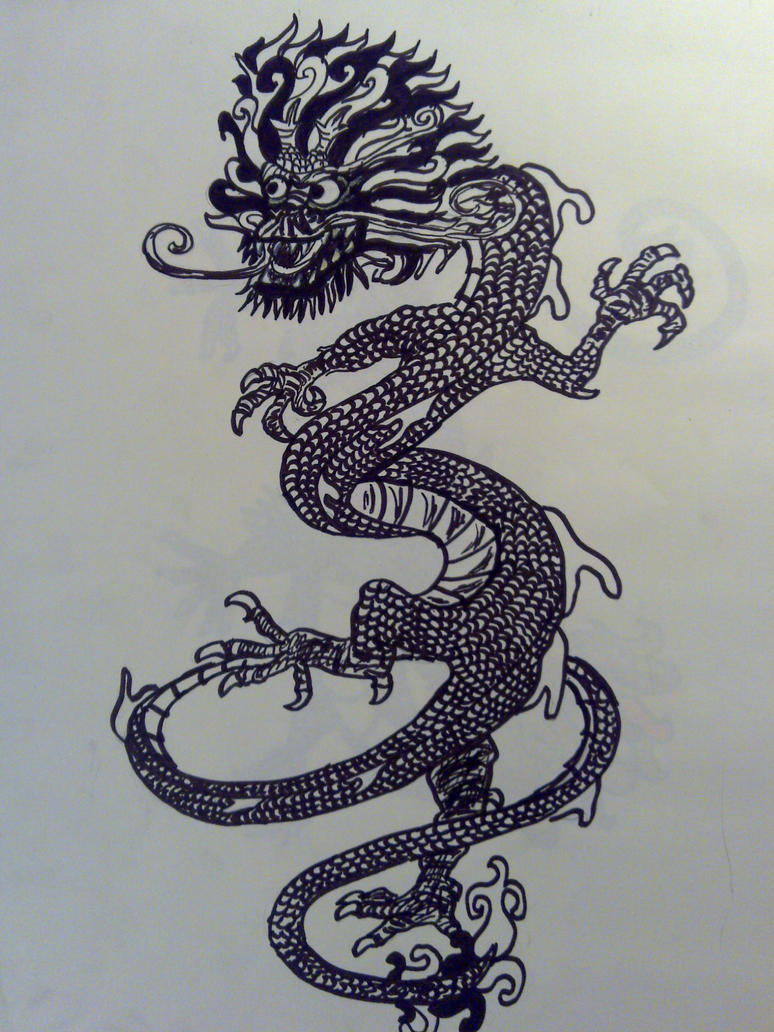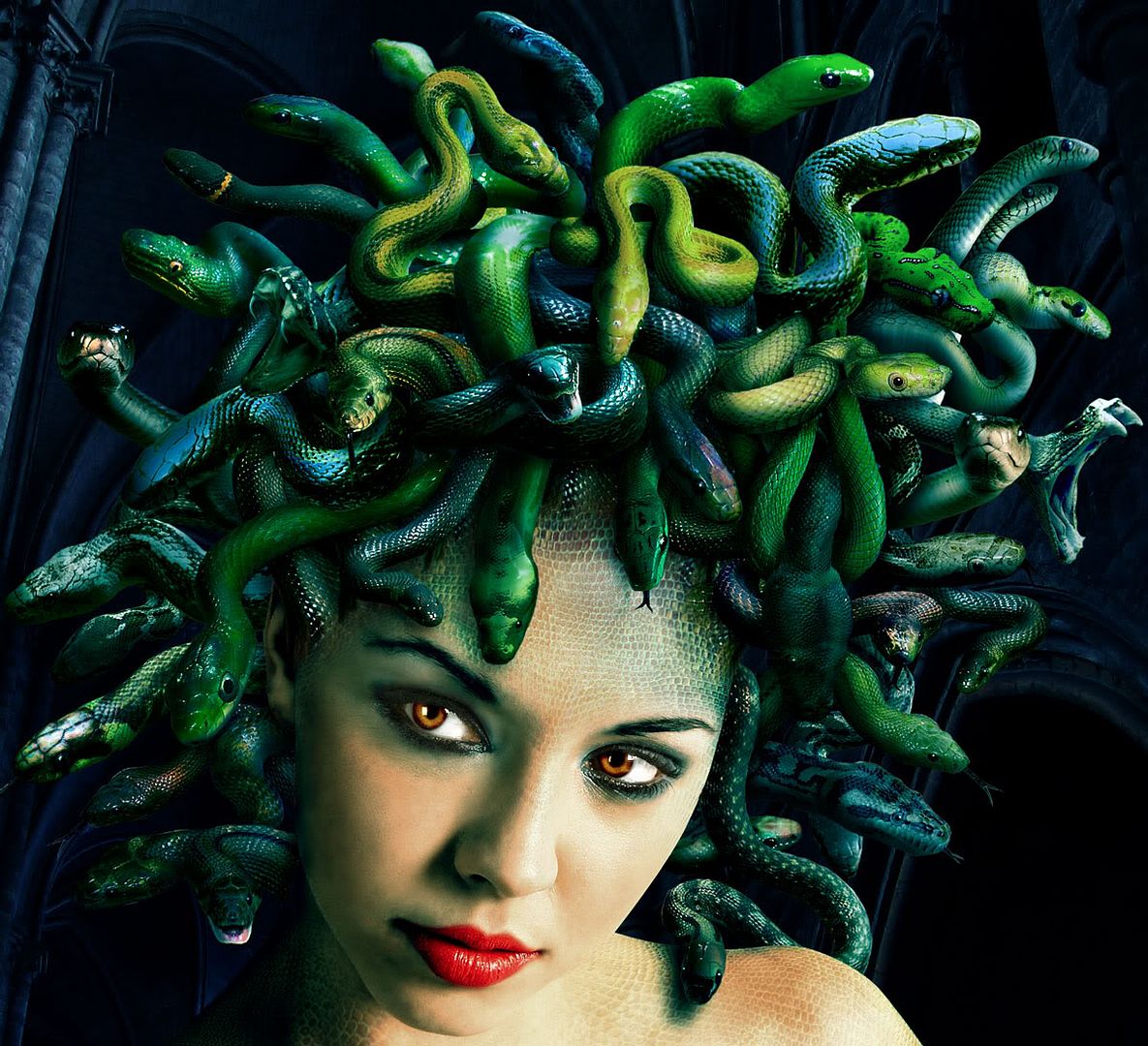The hydra is the offspring of the Titan Typhon and Echidna; a half serpent half human creature. It had nine heads of which the middle was immortal. Every time a head was severed another two popped up in its place. The hydra was essentially a giant sea serpent living in the swamps of Lernae. It had scales to protect its thick hide, and the skin was tough like leather. Only the very sharpest swords and spears could pierce the hydra. The hydra also had the ability to kill people with its breath. Its breath was so vile that it was poisonous to nearly all creatures; the fumes intoxicating everything in sight.
The hydra terrorised the local villages and farms, killing many cattle and people. It supposedly guarded an underwater entrance to the Underworld, and often ventured from its duties. The people were powerless to stop it, watching as their livelihoods and even loved ones were taken and ripped apart. Many tried, but none could kill the beast.
One day another man tried. his name was Heracles (or Hercules if you prefer the Roman version). With his nephew Iolaus he attempted to slay the beast once and for all. The reason for this was because it was one of his Twelve Labours, a set of tasks he was forced to do as redemption for killing his wife and children. To kill the Lernaean Hydra was his Second Labour.
Several times Heracles cut off one of the hydra's heads, but each time two grew back. Then Iolaus suggested Heracles should burn each neck after severing a head, so that the heads could not grow back. Heracles tried this, and to his delight, it worked. When Heracles came to the final head; the immortal one, he cut it off and buried it under a rock. In this way it could do no harm.
And so the hydra was vanquished, and Lernae was safe. However, the hydra was made into a constellation so that no-one would forget it. Its head is never far from the crab Cancer, which some versions of the story believe injured Heracles whilst he was fighting the hydra. Heracles then slew the crab. Hera put the crab into the sky to follow the Lion in the Zodiac.
The hydra had no descendents, and its kind was lost forever. At least that it is what the legends have us believe. There are many later references to the hydra, even recently. Perhaps it had young. What if the world found them?
For more information visit:
- http://en.wikipedia.org/wiki/Lernaean_Hydra
- http://www.pantheon.org/articles/h/hydra.html
- http://theochem.chem.rug.nl/resources/mythica.html
- http://www.theoi.com/Ther/DrakonHydra.html
- http://www.britannica.com/EBchecked/topic/278114/Hydra
- http://voices.yahoo.com/mythological-creature-hydra-3719082.html









